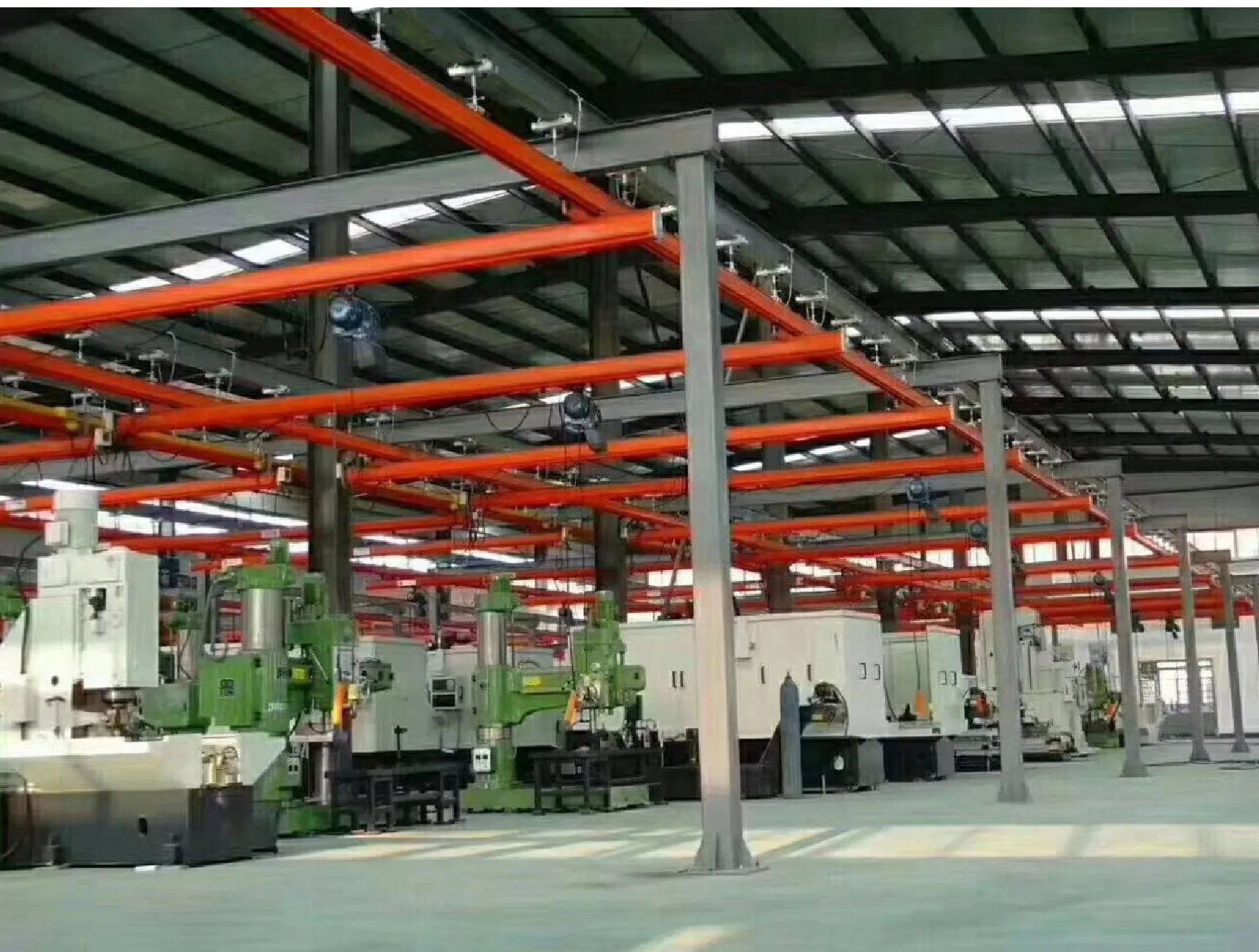

Kalmar’s RTG cranes are serving a wide variety of different applications at intermodal terminals and railway hubs in Europe and the US. “We've been delivering cantilever RMGs to intermodal terminals since the 1970s, and our latest-generation, automation-ready RMG was introduced in 2017,” explains Mikko Asikainen, Product Manager, RMG/ASC at Kalmar. Yard crane solutions for every mode of operation Depending on their mode of operation, this enabled intermodal terminals to expand the number of truck lanes, railway lines or container stacks under the crane’s span, boosting their throughput capacities. Kalmar’s first RTG cranes were introduced in the late 80s to address the limitations of the MGC in terms of span width and lifting height. In fact, the first ever MGC delivery was to an intermodal customer way back in 1968, for transferring containers between trains and trucks.

The predecessor to today’s rubber-tyred gantry cranes (RTGs) and rail-mounted gantry cranes (RMGs) – the mobile gantry crane (MGC) – was Kalmar’s first product specifically developed for the intermodal market market. A long history of making every intermodal move count Many include a rail yard, some might also be located along a waterway and handle cargo from barges too. They vary massively in terms of their size and mode of operation. These terminals handle everything from containers to semi-trailers, tanktainers and more. Whether moving around on rubber tyres or on rails, Kalmar’s flexible, eco-efficient yard cranes can be seen in operation at all different kinds of intermodal and rail terminals.


 0 kommentar(er)
0 kommentar(er)
